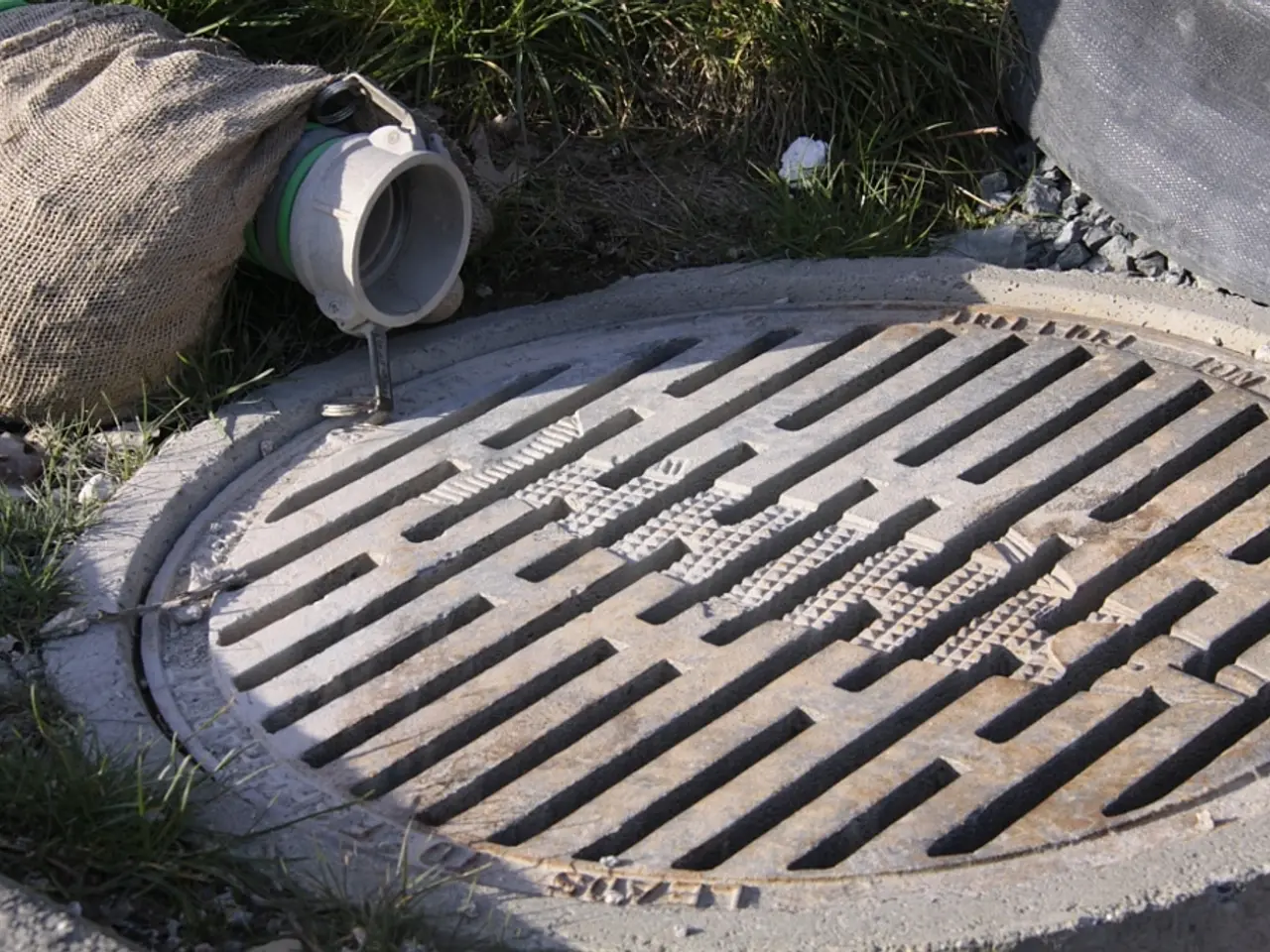Navigating Shale Development Across the County: Insights from Jefferson County, Ohio
Community leaders in Ohio can learn from the experiences of Jefferson County, a region sitting atop the Marcellus and Utica/Point Pleasant Shale plays, as they navigate the early stages of oil and gas development.
In 2011, the Board of County Commissioners formed an advisory committee, the Jefferson County Oil and Gas Committee, to guide community planning around this significant industry shift. The committee, comprising representatives from various sectors such as real estate, environment, emergency services, hotels, professional services, oil and gas industry, workforce development, education, hospitals, and infrastructure, has provided valuable insights.
Environmental and Regulatory Preparedness
Engaging early with environmental consultants and regulatory agencies is crucial. By ensuring compliance with federal, state, and local regulations and developing robust environmental compliance, permitting, data collection, and monitoring systems, communities can mitigate environmental impacts responsibly.
Stakeholder Collaboration and Transparency
Collaboration with industry representatives, state officials, and community members is essential to shape policies and regulations that balance economic benefits with environmental safeguards. Ohio's recent experience with carbon capture legislation underscores the need for transparency and inclusive dialogue to align interests and expectations.
Infrastructure and Technical Expertise
Leveraging local research institutions, like Ohio University’s Institute for Corrosion and Multiphase Technology, can help address technical challenges, such as pipeline corrosion. This research aids in anticipating and mitigating infrastructure vulnerabilities specific to oil and gas operations, reducing risks related to aging pipelines and contaminants common in shale plays.
Workforce Development
Investing in local career and technical education programs is vital to build a skilled workforce equipped for the oil and gas sector. Coordinated efforts between education providers and industry can ensure that workers meet industry demand and safety standards, contributing to Ohio’s broader economic growth.
Community Planning and Adaptation
Preparing for anticipated growth, including infrastructure capacity, emergency response, and social services, allows for smoother integration of oil and gas activities into the local economy and landscape.
Managing Potential Impacts
Local leaders can manage potential impacts of shale development by forming committees and creating plans that reflect local viewpoints. It's important to consider the range of circumstances facing rural residents and ensure citizen involvement in shale development planning. Communication with the oil and gas industry should aim for one representative voice that includes both business and general citizen interest.
The Jefferson County Oil and Gas Committee's experiences can guide other community leaders faced with changes associated with rapid growth in the oil and gas industry. Strategic planning can lead to grant dollars, as demonstrated by Jefferson County's successful application for a grant award to improve communications and education. The committee was also awarded a feasibility study grant in June 2012 to build a website to connect various entities and identify opportunities for cost savings.
It's essential to remember that the oil and gas industry is subject to global prices and supply and demand, not local governments. However, community leaders can proactively manage the early stages of shale oil and gas development, mitigating risks while maximizing economic and social benefits.
References: 1. Ohio Senate Bill 58, 133rd General Assembly (2019) 2. Jefferson County, Ohio's Experience with Oil and Gas Development 3. Ohio University's Institute for Corrosion and Multiphase Technology 4. Ohio's Career and Technical Education Programs
- Engaging with financial institutions for potential investments in the oil-and-gas industry could help communities fund infrastructure projects, as demonstrated by Jefferson County's success in obtaining grant awards for communication and education initiatives.
- By fostering partnerships between energy businesses, local banks, and government entities, communities can better understand and navigate the financial risks and rewards associated with oil-and-gas development.
- In the context of Ohio's oil-and-gas development, the role of financial experts becomes crucial in navigating the industry's complex dynamics and ensuring long-term energy security and economic growth.




